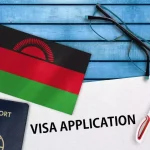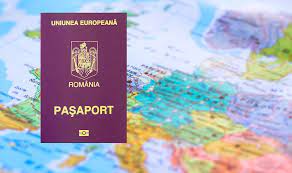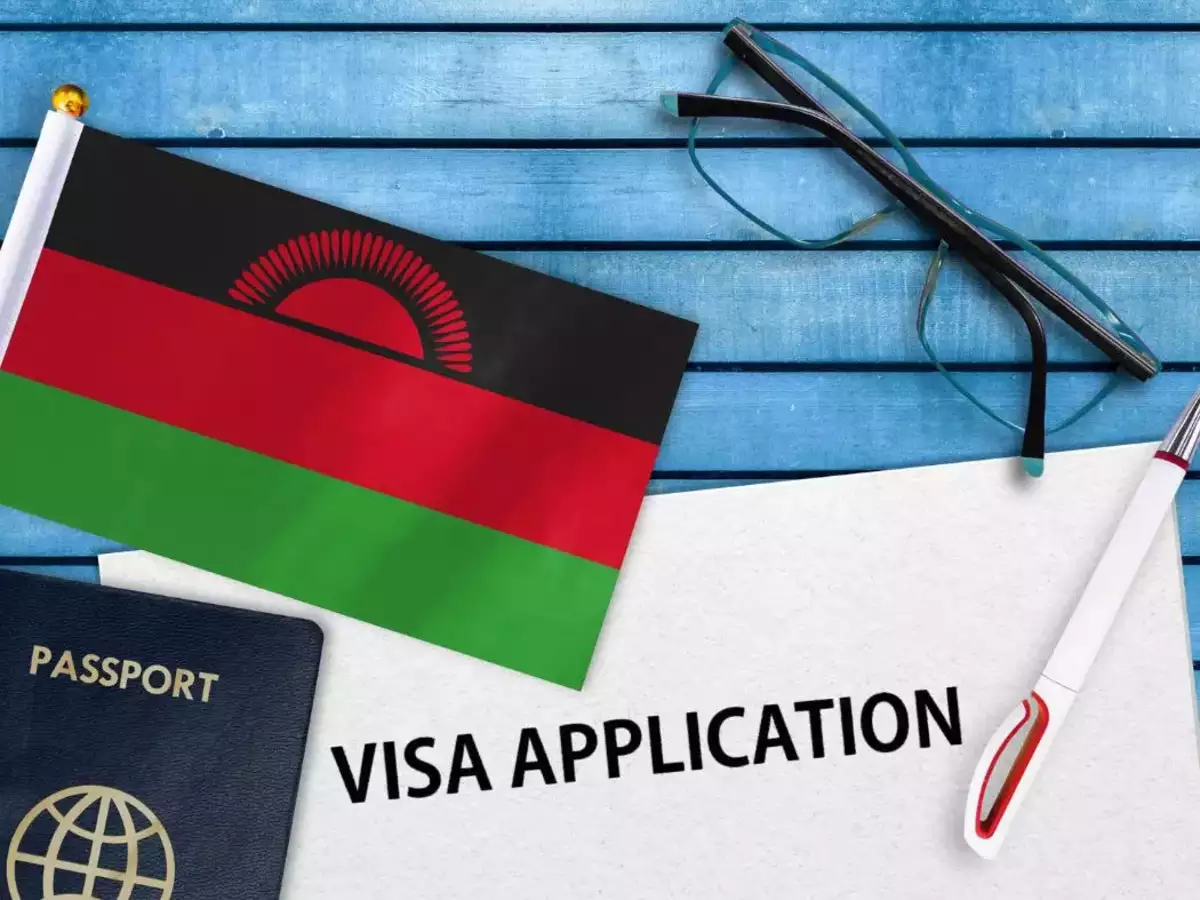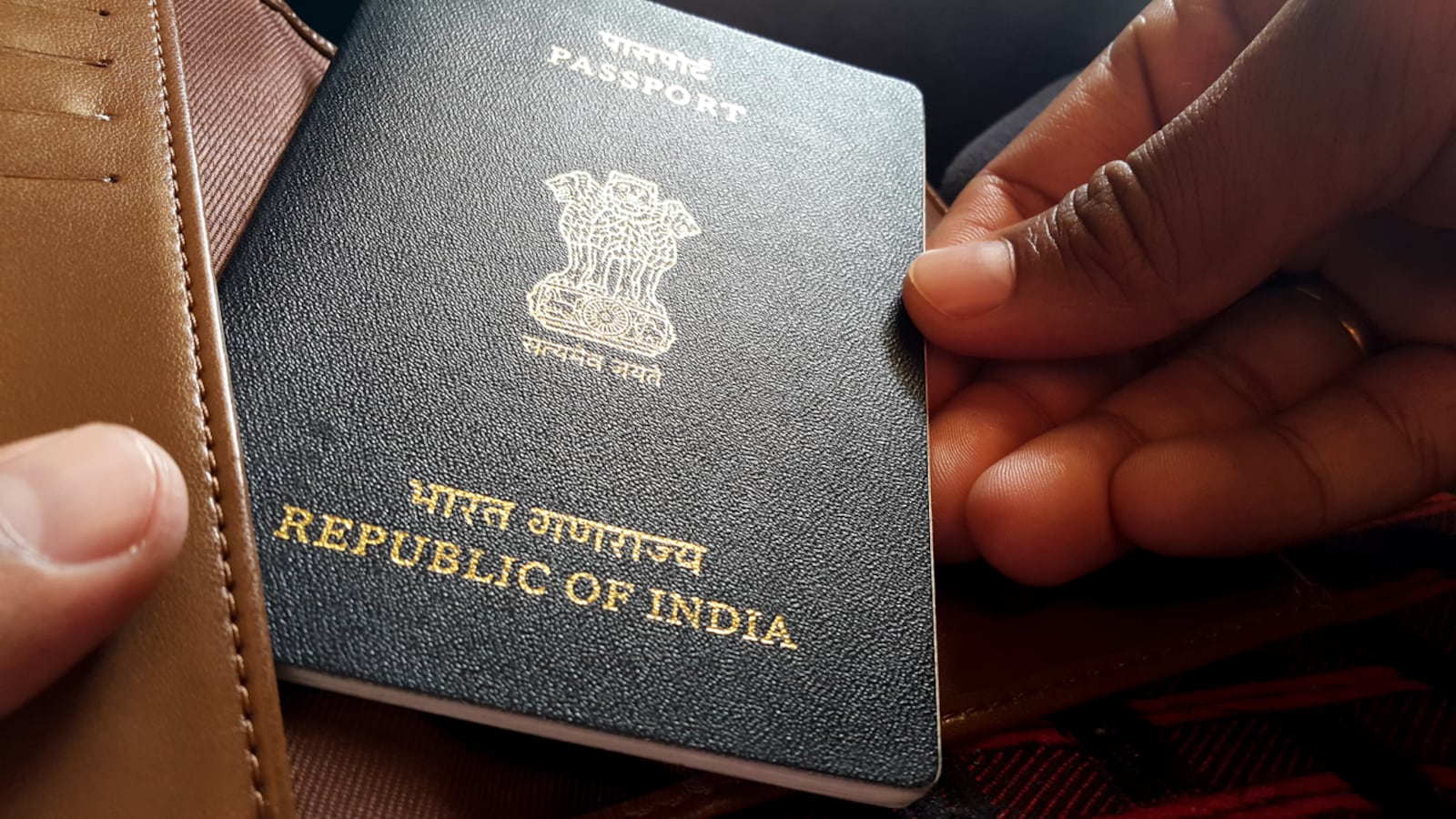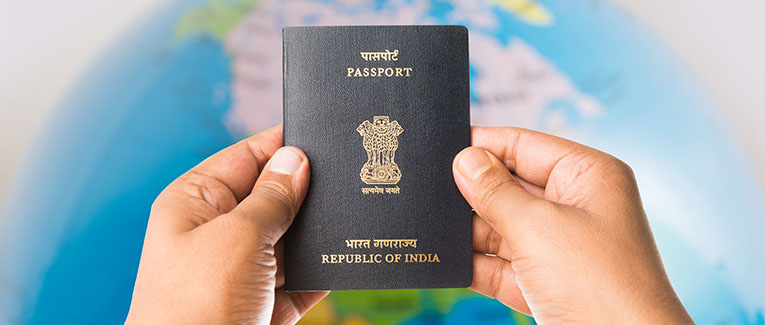“Ready to explore the vibrant and diverse culture of India? Before you pack your bags, make sure you have all the information about Indian visa ports of exit. Whether you’re a frequent traveler or planning your first trip to India, understanding the rules and regulations surrounding visa exits is crucial for hassle-free travel. In this comprehensive guide, we’ll walk you through everything you need to know about Indian visa ports of exit – from the types of visas available to exit procedures at different ports. So, let’s dive in!” INDIAN VISA PORTS OF EXIT
Introduction to Indian Visa Ports of Exit
If you’re planning a trip to India, you’ll need to obtain a visa before you depart. Indian visas are available from Indian diplomatic missions around the world, and there are a number of ports of exit where you can obtain your visa.
The most common port of entry for foreign visitors to India is Delhi. Other popular ports of entry include Mumbai, Chennai, Kolkata, and Hyderabad. You can also obtain an Indian visa at any of the following ports of exit:
– Ahmedabad
– Bengaluru
– Calicut
– Goa
– Jaipur
– Kochi
– Lucknow
– Mangalore
– Nagpur
– Pune
– Thiruvananthapuram
Indian visas are valid for a maximum period of six months, and can be extended for up to two additional months by applying for a visa extension at an Indian consulate or embassy.
What is Required for an Indian Visa for Australian Citizens?
An Indian visa for Australian citizens is required for those wanting to travel to India. The process is relatively simple, but there are a few requirements that must be met.
First and foremost, all travelers must have a passport that is valid for at least six months from the date of their planned arrival in India. Australians can apply for an Indian visa online through the official website of the Government of India, or through a registered visa agent. The application process is straightforward and requires basic information such as the applicant’s name, date of birth, passport details, and contact information.
Once the application is submitted, travelers will need to pay the visa fee and schedule an appointment for an in-person interview at their nearest Indian consulate or embassy. During the interview, applicants will need to provide proof of their travel plans, as well as any other supporting documentation that may be required. Once approved, travelers will receive their visa within a few days. INDIAN VISA FOR AUSTRALIAN CITIZENS
Different Types of Indian Visas and Their Requirements
There are several types of Indian visas and their requirements vary depending on the type of visa and purpose of travel. The most common types of visas for India are business, tourist, and student visas.
Business Visa: A business visa is required for those traveling to India for business purposes such as attending meetings, conferences, or seminars. The requirements for a business visa include a completed application form, two recent passport-size photographs, a letter from the applicant’s company detailing the purpose of travel, and an invitation from the company in India. The visa is valid for multiple entries over a period of one year and allows stays of up to 90 days per visit.
Tourist Visa: A tourist visa is required for those traveling to India for tourism purposes such as sightseeing or visiting family and friends. The requirements for a tourist visa include a completed application form, two recent passport-size photographs, and proof of onward travel out of India such as an airline ticket. The visa is valid for multiple entries over a period of six months and allows stays of up to 60 days per visit.
Checklist for Obtaining an Indian Visa
1. Passport
– Original passport with at least 6 months of remaining validity and at least two blank visa pages for the visa sticker
– A copy of the passport information page
2. Photographs
– Two recent passport-style photographs of yourself, taken within the last 6 months
3. Application Form
– Completed Indian visa application form, available online
4. Supporting Documents
– Evidence of your status in the United States, such as a copy of your Green Card or valid US visa
– If you are not a US citizen, you will need to provide a copy of your valid passport and US entry stamp/visa
5. Fees
– The current fee for an Indian visa, payable by credit card, money order, or bank draft
6. Self-Addressed Envelope
– If you are applying by mail, you will need to include a self-addressed envelope for the return of your passport
Conclusion
All in all, the Indian visa ports of exit provide a great way to explore India while staying within the confines of immigration law. With all this information at your fingertips, you should be able to easily find out what visas are available and how they can help facilitate your travels. Additionally, if you ever have any additional questions or concerns regarding Indian visa regulations, make sure to contact a professional in order to get some expert advice on the matter.























